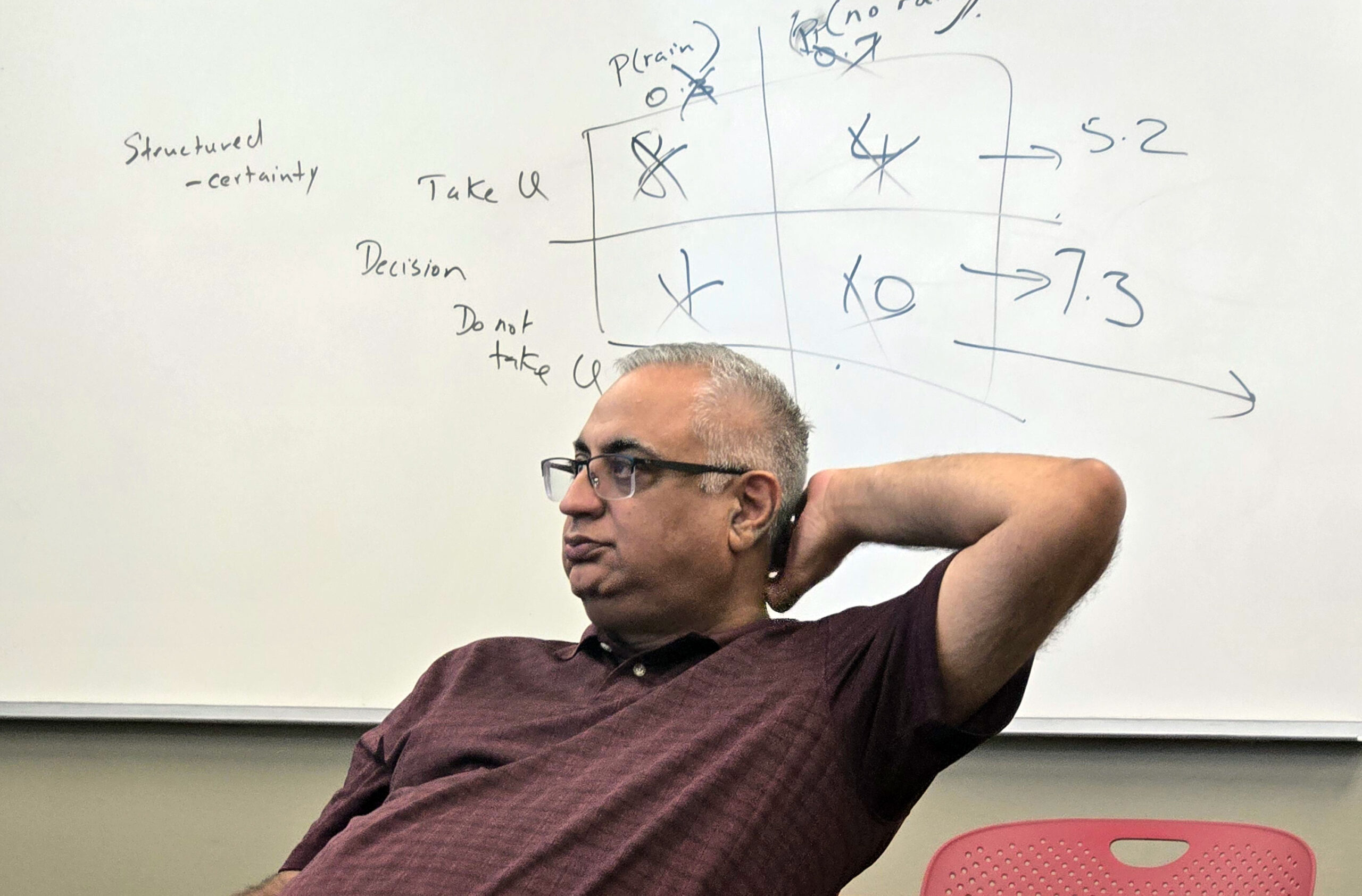In the study of social sciences, theories are categorized based on their scope, level of abstraction, and applicability. Understanding these different levels helps researchers select appropriate theoretical frameworks for their studies and position their work within the broader academic discourse. The main levels of theory include meta-theories, grand theories, formal and substantive theories, and middle-range theories.
1. Meta-Theory
- Definition: Meta-theory refers to theories about theories. It involves the examination of the underlying assumptions, structures, and methodologies that inform the development of other theories. Meta-theories provide a foundational framework that guides how researchers understand and interpret social phenomena.
- Characteristics:
- Highly abstract and philosophical.
- Addresses fundamental questions about the nature of reality (ontology) and knowledge (epistemology).
- Influences the development of multiple other theories.
- Example:
- Anthony Giddens’ Theory of Structuration: This meta-theory explores the interplay between individual agency and social structures. It posits that social practices are recursively produced and reproduced through the actions of individuals within the context of existing structures. Giddens’ theory provides a lens through which researchers can examine how social systems are both shaped by and shape human actions.
2. Grand Theories
- Definition: Grand theories are broad, comprehensive frameworks that attempt to explain large-scale social processes and structures. They seek to offer universal explanations that can be applied across different societies and historical periods.
- Characteristics:
- High level of abstraction.
- Encompass wide-ranging concepts that are not confined to specific contexts.
- Aim to explain fundamental aspects of the social world.
- Examples:
- Marxism: Focuses on the conflicts between social classes and the economic structures that underlie society.
- Functionalism: Views society as a complex system whose parts work together to promote solidarity and stability.
- Theories of Evolution (in a social context): Apply principles of biological evolution to understand social change and development.
3. Formal and Substantive Theories
- Definition:
- Formal Theories: Address abstract concepts and relationships that can be applied across various domains. They are concerned with the formal properties of social phenomena.
- Substantive Theories: Focus on specific content areas within the social sciences. They provide explanations within a particular domain but are broad enough to be relevant across multiple contexts.
- Characteristics:
- Deal with specific domains like power, socialization, or relationships.
- Applicable to various settings such as organizations, families, or societies.
- Bridge the gap between grand theories and middle-range theories.
- Examples:
- Theories of Power: Examine how power is acquired, maintained, and exercised within different social structures.
- Theories of Socialization: Explore how individuals internalize societal norms and values through interactions with others.
4. Middle-Range Theories
- Definition: Introduced by sociologist Robert K. Merton, middle-range theories are focused on specific aspects of social phenomena. They are more limited in scope than grand theories but more abstract than empirical generalizations derived from data.
- Characteristics:
- Address specific phenomena or behaviors.
- Are testable and can be empirically validated.
- Serve as a bridge between grand theories and empirical observations.
- Examples in Information Systems:
- Technology Acceptance Model (TAM): Explains user acceptance of technology based on perceived usefulness and ease of use.
- Unified Theory of Acceptance and Use of Technology (UTAUT): Integrates multiple user acceptance models to predict technology adoption.
- Models with Boxes and Arrows: Represent variables and their hypothesized relationships in research papers, focusing on specific phenomena like user satisfaction or system success.
Visual Representation of Theory Levels

Application in Information Systems Research
- Meta-Theory:
- Provides foundational perspectives that shape how researchers approach the study of information systems.
- Example: Using structuration theory to understand how information systems both shape and are shaped by organizational practices.
- Grand Theories:
- Offer broad insights that can inform various aspects of technology and society.
- Example: Applying theories of social evolution to study the impact of technological advancements on societal change.
- Formal/Substantive Theories:
- Address specific domains such as power dynamics within organizations influenced by information systems.
- Example: Analyzing how the implementation of an enterprise resource planning (ERP) system alters power relations among departments.
- Middle-Range Theories:
- Focus on specific phenomena like user behavior, system adoption, or information security practices.
- Example: Developing a model to predict how perceived privacy risks affect users’ willingness to share personal information online.
Why Understanding Theory Levels Matters
- Theoretical Alignment: Helps researchers ensure that their studies are grounded in appropriate theoretical frameworks that match the scope and aims of their research questions.
- Research Design: Influences methodological choices, such as whether to adopt qualitative or quantitative methods, based on the level of abstraction and testability.
- Knowledge Advancement: Facilitates the cumulative building of knowledge by situating new findings within the broader theoretical landscape.
Conclusion
Grasping the different levels of theory is essential for conducting robust and meaningful research in the social sciences and information systems. By distinguishing between meta-theories, grand theories, formal/substantive theories, and middle-range theories, researchers can more effectively frame their studies, select appropriate methodologies










Leave a Reply